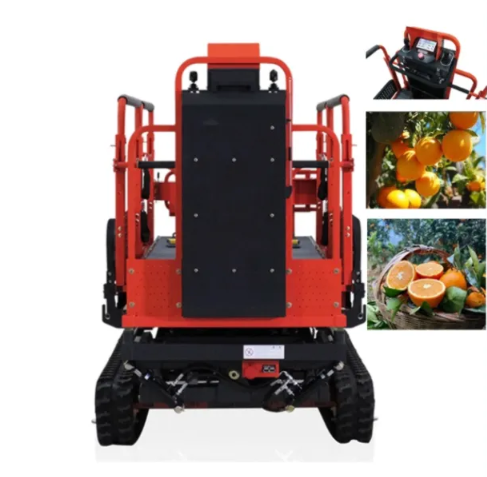What Are Aerial Work Platforms Used For?
Aerial work platforms, also known as elevated work platforms or aerial lifts, are essential tools in a wide range of industries for working at heights
Aerial work platforms, also known as elevated work platforms or aerial lifts, are essential tools in a wide range of industries for working at heights. These versatile machines come in various types and sizes, each designed for specific applications. From construction and maintenance to film production and fire rescue, aerial work platforms play a crucial role in improving safety and productivity. But what exactly are aerial work platforms used for and how can they benefit businesses?
Versatile Applications of Aerial Work Platforms
Aerial work platforms are used for a multitude of tasks that require workers to reach elevated work areas safely. In the construction industry, these machines are commonly used for installing and repairing electrical and mechanical systems, painting buildings, and facilitating tall structure maintenance. In the telecommunications industry, aerial work platforms help technicians access cell towers and overhead cables for repairs and installations. Aerial work platforms are also utilized in agriculture for tasks such as pruning trees and inspecting crops.

Advantages of Aerial Work Platforms
Aerial work platforms offer numerous advantages that make them indispensable in many industries. One of the main benefits is increased safety for workers. By enabling employees to work at heights without using ladders or scaffolding, aerial work platforms reduce the risk of falls and injuries. These machines also provide better stability and secure platforms for workers to perform tasks efficiently. Another advantage of aerial work platforms is improved productivity. With the ability to reach high work areas quickly and easily, workers can complete tasks faster and with greater precision. This leads to cost savings and faster project completion times.
Meeting Aerial Work Platform Needs
When selecting an aerial work platform, it's crucial to consider the specific requirements of the job at hand. Different types of aerial work platforms are available, including scissor lifts, boom lifts, and personnel lifts, each designed for different heights and working conditions. Factors such as maximum platform height, weight capacity, and maneuverability need to be taken into account when choosing the right machine for a particular job. Additionally, safety features like guardrails, emergency lowering systems, and operator training are essential considerations to ensure a safe working environment.
Closing Thoughts
In conclusion, aerial work platforms are versatile tools that are used for a wide range of applications in various industries. With their ability to provide safe access to elevated work areas, aerial work platforms help improve productivity and efficiency while reducing the risk of accidents and injuries. Whether it's construction, maintenance, telecommunications, or agriculture, businesses can benefit greatly from using aerial work platforms for their elevated work needs. To learn more about these machines and find a reliable supplier, contact us today. Our team of experts can help you choose the right aerial work platform for your specific requirements.